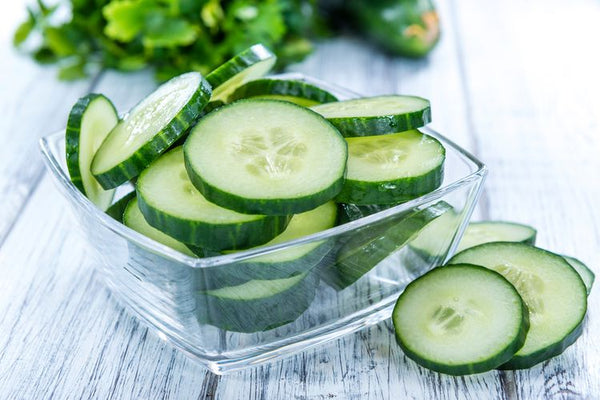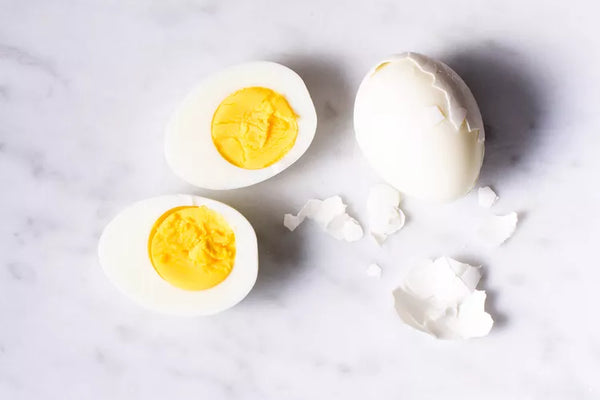
Not Many People Know Yet, This Is The Function Of Iron For Blood

Iron is an essential element for blood production. About 70 percent of your body's iron is present in blood red blood cells called hemoglobin and in muscle cells called myoglobin.
Hemoglobin has a vital role in the process of transferring oxygen in the blood from the lungs to the tissues. In muscle cells, myoglobin takes in, stores, transports, and releases oxygen.
Iron Function For Blood
About 6 percent of the body's iron is a component of certain proteins, essential for respiration and energy metabolism, and as an enzyme component involved in the synthesis of collagen and some neurotransmitters. Iron is also what the body needs for proper immune function.
Ferritin is one of the containers that stores 25% iron, this blood is then present in the cells and circulates through the blood.
In the body of the average adult man, there is 1,000 mg of iron which is enough for about 3 years, while in the body of an adult woman on average it only stores about 300mg which is enough to last for 6 months. When iron intake is chronically low, deposits can deplete hemoglobin levels.
When iron deposits are depleted, this condition is called iron depletion or erythropoiesis iron deficiency and a further decrease leads to iron deficiency anemia.
The most frequent cause of iron deficiency is blood loss. Iron deficiency in postmenopausal men and women is nearly always caused by blood loss through the digestive system.
In menstruating women, genitourinary blood loss often leads to an increased need for iron. Oral contraceptives tend to reduce menstrual blood loss, while intrauterine contraceptives tend to increase menstrual bleeding.
Other causes of genitourinary hemorrhage and respiratory tract bleeding also increase the need for iron.
For blood donors, each donor results in the loss of 200 to 250 mg of iron. During growth in infancy, childhood, and adolescence, the need for iron may exceed the iron supply of food and deposits.
Iron loss from tissue growth during pregnancy and from bleeding during childbirth and postpartum averages 740 mg. Breastfeeding increases iron requirements by about 0.5 to 1 mg daily.
Iron for Blood: Iron Deficiency Triggers Anemia
Anemia is a condition when there are not enough healthy red blood cells in the blood. Iron deficiency anemia is a typical type of anemia. Red blood cells transport oxygen to the body's tissues.
Iron deficiency is the cause of iron deficiency anemia, as the name suggests. The body cannot manufacture enough components in red blood cells to allow them to carry oxygen without enough iron (hemoglobin). Therefore, iron deficiency anemia may cause you to feel exhausted and breathless.
Treatment for iron deficiency anemia often involves taking iron supplements. Additional tests or treatments for iron deficiency anemia may occasionally be required if your doctor notices internal bleeding.
Initial signs of iron deficiency anemia may be so negligible that they go unnoticed. However, when the body's anemia and iron shortage worsen, the signs and symptoms worsen as well.
The following are a few of the iron deficiency anemia warning signs and symptoms:
- Extreme fatigue
- Debilitation
- Pale skin
- Chest pain, rapid heartbeat, or shortness of breath
- Headache, dizziness, or mild headache
- Cold hands and feet
- Inflammation or pain in your tongue
- Brittle nails
- Unusual cravings for non-nutrient substances, such as ice, dirt, or starch
Iron for Blood: Needs
Your "iron level" is checked before each blood donation to determine if it is safe for you to donate blood.
Because the body cannot produce iron, it must be obtained through food. An adult's daily minimal requirement for iron is 1.8 mg. Only 10 to 30% of the iron you consume is absorbed and utilized by your body.
Daily iron needs can be met by taking iron supplements and by eating foods high in iron.
Foods high in vitamin C are also good, as vitamin C helps your body absorb iron. Cooking in an iron pot can add up to 80 percent more iron to your food. Consult your primary care provider before taking iron supplements.
Some foods rich in iron include:
Meat and poultry
- Lean beef
- Veal
- Pig
- Sheep
- Chicken
- Turkish
- Liver (except fish liver)
seafood
- Fish
- Shellfish
- shellfish
Vegetables
- Green, all kinds
- Know
- Broccoli
- Sweet peas
- Brussels sprouts
- cabbage
- Bean sprout
- Tomato
- Lima beans
- Potato
- green beans
- Corn
- bit
- Cabbage
That's the explanation of the article Not Many People Know, It's The Function Of Iron For Blood! May it be useful





